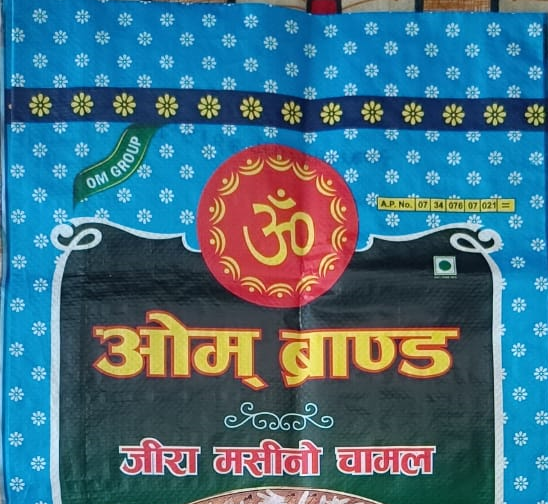
HDPE Bora
High-Density Polyethylene (HDPE) is a widely used plastic known for its strength, durability, and resistance to impact and chemicals. It is made from petroleum and has a high strength-to-density ratio, making it suitable for various applications.
Characteristics of HDPE Sacks
- Durability: HDPE sacks are strong and resistant to tearing, making them ideal for heavy-duty use.
- Moisture Resistance: These sacks are impervious to moisture, protecting the contents from water damage.
- Chemical Resistance: HDPE can withstand exposure to many chemicals, making it suitable for storing agricultural products, chemicals, and other substances.
- Lightweight: Despite their strength, HDPE sacks are lightweight, making them easy to handle and transport.
- Recyclable: HDPE is recyclable, contributing to sustainability efforts when disposed of properly.
Common Uses of HDPE Sacks
- Agriculture: Used for packaging grains, seeds, fertilizers, and animal feed.
- Construction: Ideal for carrying sand, gravel, and other construction materials.
- Food Industry: Safe for storing bulk food items like rice, flour, and sugar, as HDPE is approved for food contact.
- Retail: Often used as shopping bags in stores due to their strength and reusability.
Manufacturing Process of HDPE Sacks
- Material Preparation: HDPE resin is sourced and processed into pellets.
- Extrusion: The pellets are heated and extruded into a flat film or tube.
- Bag Formation: The flat film is cut and sealed to form sacks of various sizes and specifications.
- Printing and Labeling: Sacks can be printed with logos, product information, or other branding elements.
- Quality Control: Finished sacks undergo quality checks to ensure they meet industry standards.
Environmental Considerations
While HDPE is recyclable, it’s important to manage plastic waste properly. Many manufacturers are adopting practices to minimize waste and promote recycling. Some initiatives include:
- Recycling Programs: Encouraging consumers to return used sacks for recycling.
- Sustainable Sourcing: Using recycled HDPE in the production process to reduce reliance on virgin materials.
- Innovative Designs: Creating sacks that are easier to recycle or biodegradable alternatives.
Conclusion
HDPE sacks are a versatile and practical solution for various industries due to their strength, durability, and resistance to moisture and chemicals. As sustainability becomes more important, efforts to recycle and reduce plastic waste are essential for maintaining the benefits of HDPE while minimizing environmental impact. Whether in agriculture, construction, or retail, HDPE sacks play a crucial role in efficient packaging and transportation.

